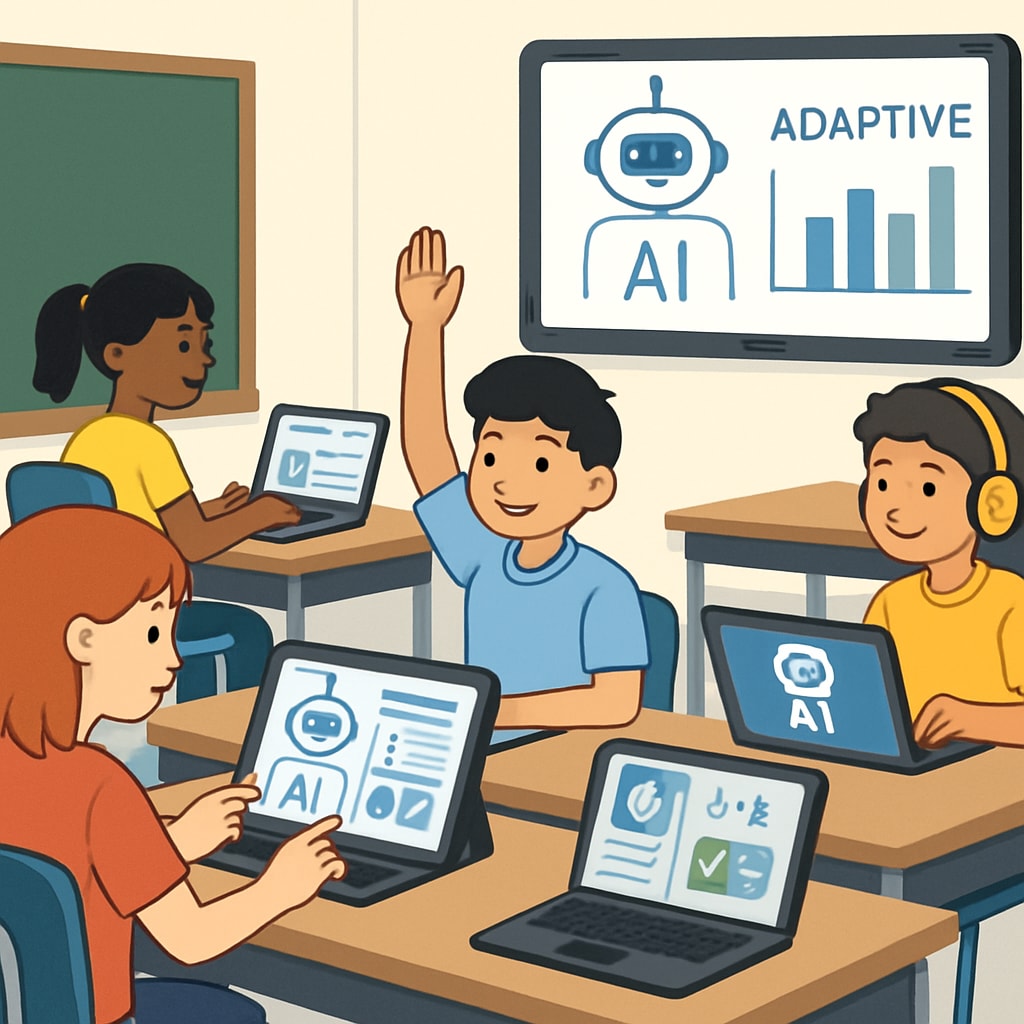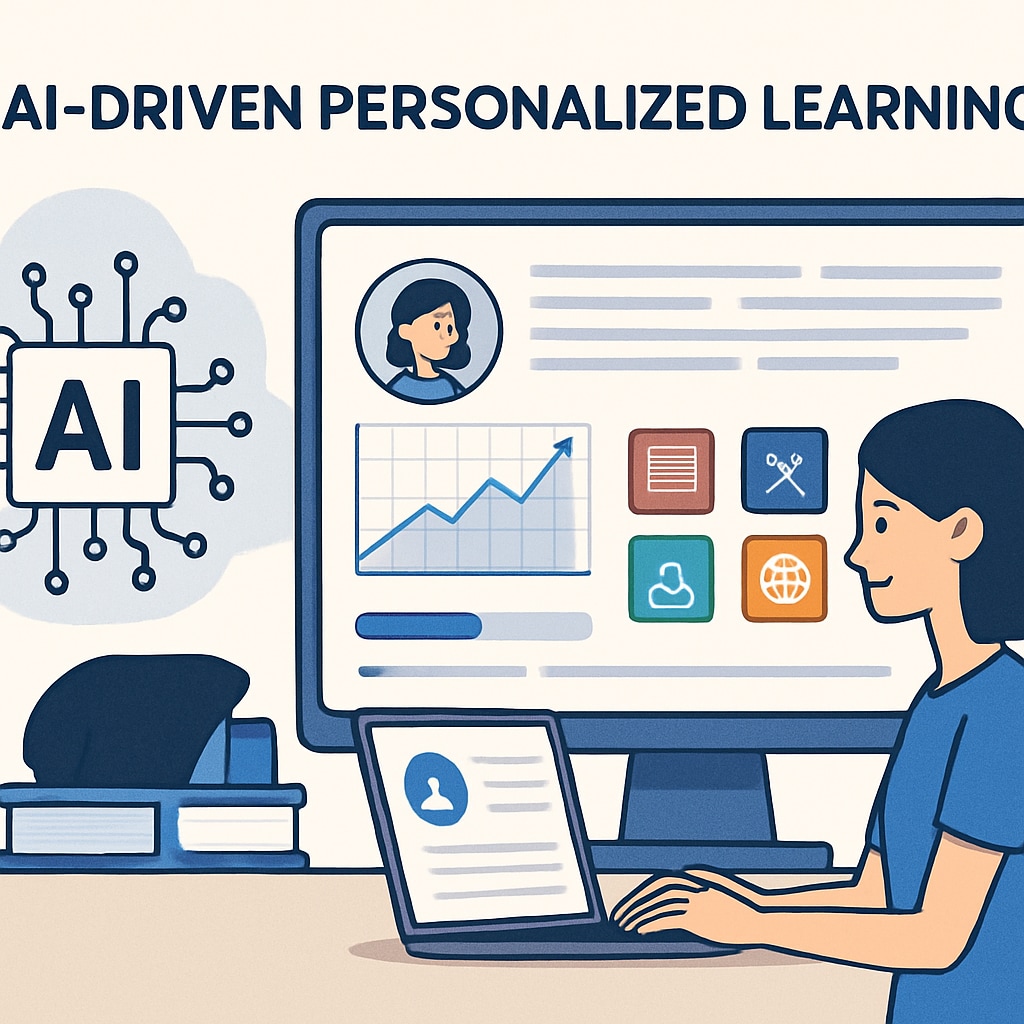Artificial intelligence (AI) is rapidly advancing into the global education sector, revolutionizing classrooms and reshaping traditional methods of learning. As AI becomes mainstream, education trends and technology are evolving to create more adaptive, personalized, and efficient solutions for students and educators. This article explores how AI is transforming K12 education, highlighting the challenges and opportunities for teachers, students, and institutions as they navigate this technological shift.
How Artificial Intelligence is Changing the K12 Education Landscape
AI is no longer a futuristic concept; it is already being integrated into K12 classrooms worldwide. From intelligent tutoring systems to automated grading tools, AI-powered applications are offering solutions that help educators address diverse student needs more effectively. For example, adaptive learning platforms such as Khan Academy leverage AI algorithms to tailor content to individual student progress, ensuring optimal learning experiences.
Moreover, AI assists teachers by automating administrative tasks, reducing workloads, and allowing them to focus more on creative and impactful teaching strategies. For instance, tools like plagiarism checkers and essay evaluation software streamline assessments, providing quicker feedback to students while maintaining accuracy.

Personalized Learning: Bridging Gaps with AI Technology
One of the most significant contributions of AI to education is personalized learning. This approach ensures that every student receives customized lessons based on their abilities, learning style, and pace. AI-powered systems analyze student data to identify strengths and weaknesses, recommending targeted exercises and resources.
For example, platforms like Brainly use AI algorithms to provide students with instant answers to their questions, encouraging independent study and curiosity. Additionally, virtual assistants and chatbots are being integrated into educational platforms to support students in real-time, offering guidance and resources tailored to their needs.

Challenges and Opportunities in the AI-Powered Education Revolution
Despite its potential, the integration of AI in K12 education comes with challenges. These include concerns around data privacy, equitable access to technology, and the need for teacher training to use AI tools effectively. Educational institutions must address these issues to ensure that AI benefits all students, regardless of their socioeconomic background.
On the other hand, the opportunities are immense. AI has the potential to bridge gaps in education by providing quality learning resources to underserved communities. It can also enhance inclusivity by supporting students with disabilities through accessible and adaptive technologies.
- Equity: Ensuring all students have access to AI tools and internet connectivity.
- Training: Providing educators with the skills and knowledge needed to integrate AI into their teaching methods.
- Ethics: Establishing guidelines for the ethical use of AI in education.
As a result, collaboration between governments, tech companies, and educators is essential to maximize the benefits of AI while addressing its challenges.
The Future of AI in K12 Classrooms
Looking ahead, AI’s role in education will continue to expand. Emerging technologies such as augmented reality (AR) and virtual reality (VR) will complement AI, creating immersive learning environments that foster creativity and critical thinking. AI-driven tools will also play a critical role in tracking student progress across years, ensuring a seamless transition between grades and academic goals.
Furthermore, AI can support global education initiatives by translating content into multiple languages, making quality education accessible to non-native speakers. It can also address teacher shortages by serving as a supplemental resource in classrooms with limited staff.
Ultimately, AI is not replacing teachers but empowering them to be more effective. By embracing AI, educators can create innovative learning experiences that prepare students for a technology-driven future.
Readability guidance: This article uses concise paragraphs, clear transitions, and lists to summarize key points. Active voice is prioritized, and technical terms are explained for accessibility. Overuse of passive voice and long sentences is avoided to ensure readability.


